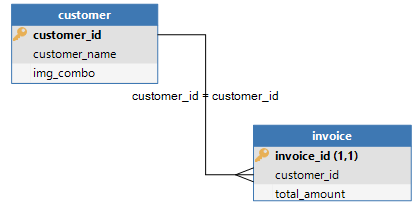Hi,
I’m struggling with the change detection. It seems that our @col_id parameter doesn’t get filled (always null). In the docs it says that the column will only have a value when the logic is called if the table to which the column belongs, is shown as a detail.
In our case we display the grid of a table and we have the form of this object under a detail tab. Context, layout and default procedures have no problem reading our @col_id but in the change detection, the value is always null.
I thought the primary key columns of an object would be available and filled when a detail tab is opened or a row is selected. Is this not the case? Is there a way around this? I would rather not refresh all objects whenever one object gets changed.
Best answer by Anne Buit
View original










